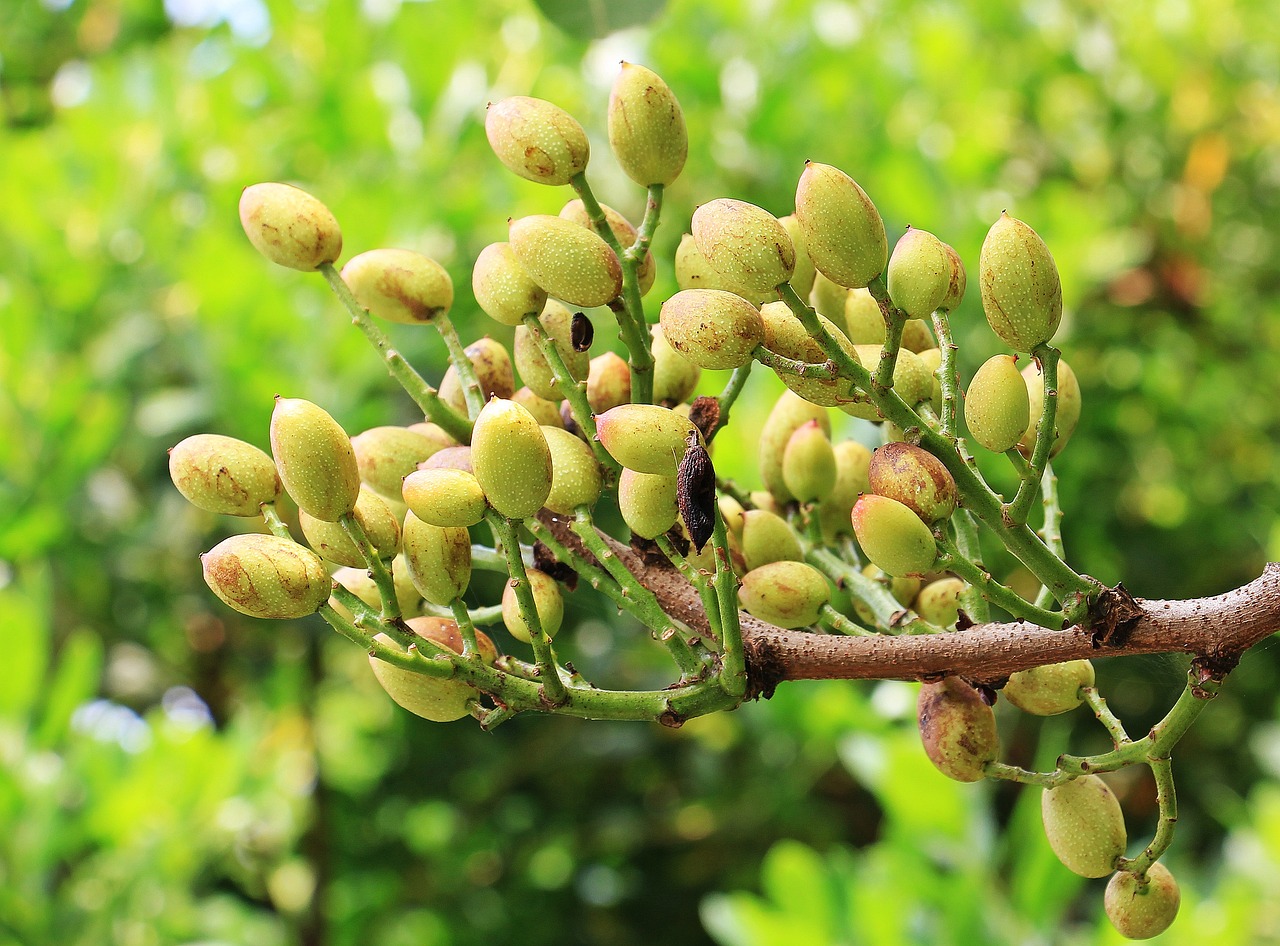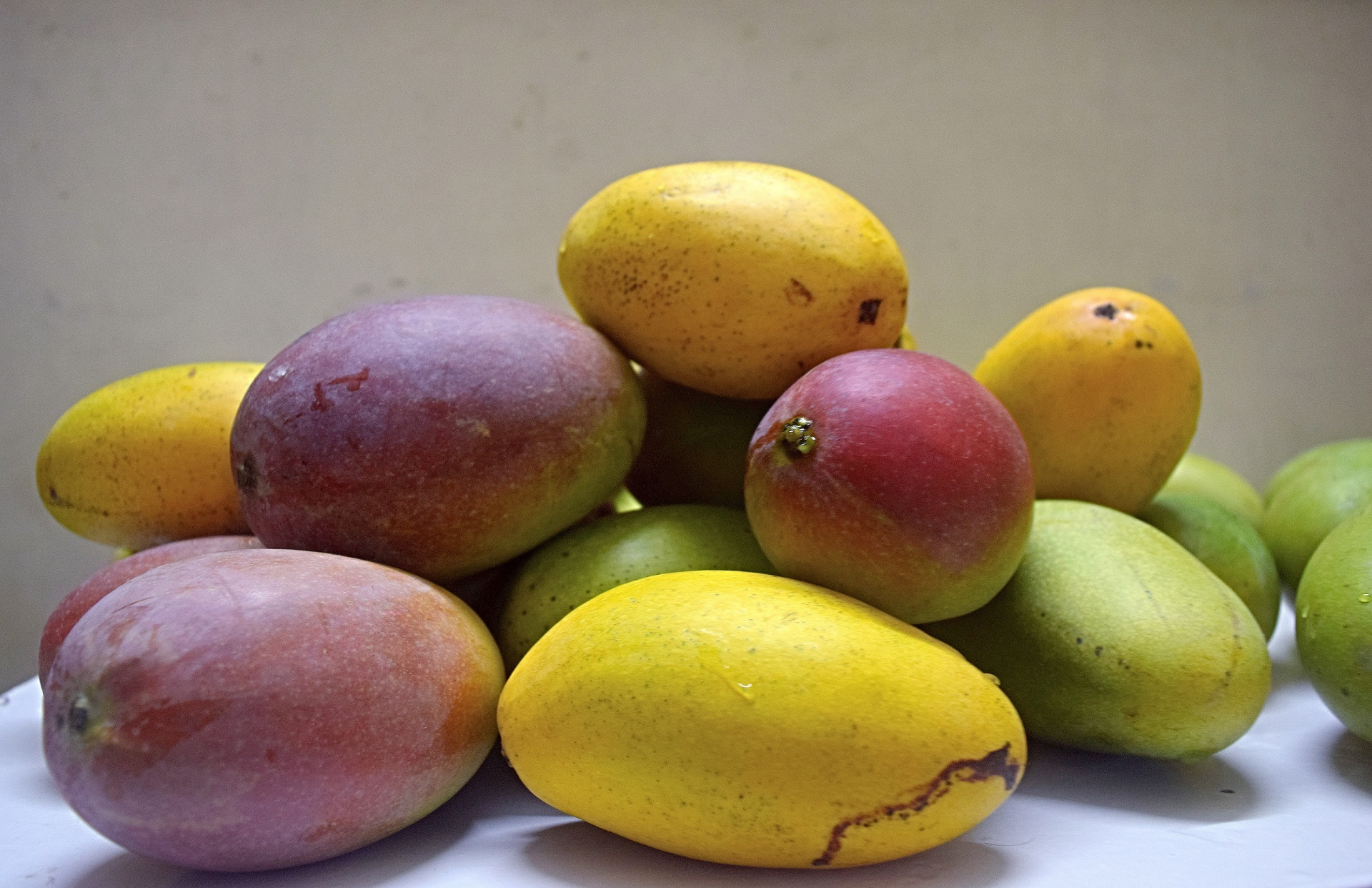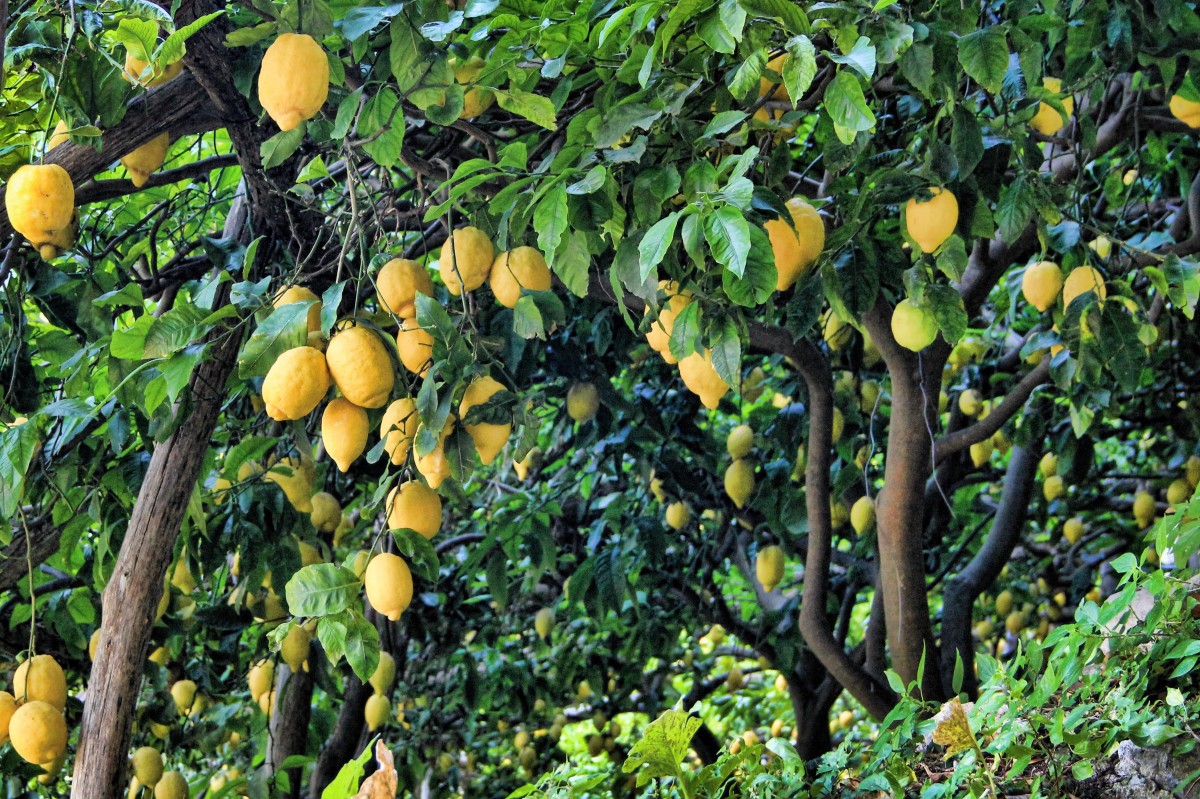
Growing Pistachio Trees in the Right Zone
Pistachio trees are a fantastic addition to any garden. Not only do they provide shade and beauty, but they also yield delicious, nutritious pistachio nuts. However, it’s essential to know the right growing zone for these trees to thrive. In this blog post, we will explore the appropriate pistachio tree growing zone and offer some valuable tips for successful cultivation.
Understanding the Pistachio Tree Growing Zone
Before planting a pistachio tree, you must determine if your location falls within its suitable growing zone. Pistachio trees thrive in areas characterized by hot summers and cool winters, making them best-suited for Mediterranean and desert-like climates.
Typically, pistachio trees prefer USDA hardiness zones 7 to 11, but specific cultivars might have slightly different requirements. So, it’s crucial to consider factors like local climate, temperature extremes, and frost protection.
Choosing the Right Pistachio Tree Variety
Selecting a suitable pistachio tree variety is equally important for successful cultivation. Some cultivars are more cold-hardy, while others are better suited for hotter climates. Consult with a local nursery or tree expert to choose a variety that best suits your specific growing zone.
For colder areas, popular cold-hardy pistachio tree varieties like ‘Kerman’ and ‘Peters’ are excellent choices. These cultivars can withstand colder winter temperatures and still produce a bountiful harvest.
On the other hand, if you live in a warmer region, consider cultivars like ‘Kerman’ or ‘Lost Hills’ that are better adapted to hot summers. These varieties can tolerate the heat and flourish under scorching sun conditions.
Cultivating Pistachio Trees – Tips for Success
To ensure your pistachio tree thrives and produces abundant nuts, follow these handy tips:
-
Planting: Choose a sunny spot in your garden that offers well-draining soil. Pistachio trees prefer full sun exposure to maximize photosynthesis.
-
Spacing: Provide enough space for your tree to grow to its full potential. Pistachio trees can reach heights of 20 to 30 feet, so plant them at least 20 to 30 feet apart from each other.
-
Watering: While pistachio trees are drought-tolerant once established, they require regular watering during the first two years to establish strong root systems. Ensure the soil remains moist but not waterlogged.
-
Fertilization: Use a balanced fertilizer to promote healthy growth. Apply it during the spring and follow the manufacturer’s instructions carefully.
-
Pruning: Prune your pistachio tree during the dormant season to shape it, remove dead wood, and promote optimal airflow and sunlight penetration.
-
Harvesting: Harvesting pistachio nuts is a fun and rewarding process. The nuts are ready for harvest when the shells split naturally. Collect them by hand or use a mechanical shaker to shake them off the tree.
By following these tips and adhering to the specific requirements of your chosen pistachio tree variety, you can enjoy the beauty and bounty of these incredible trees.
Conclusion
Growing pistachio trees adds a unique touch to any garden while providing an abundance of delicious nuts. Understanding the appropriate pistachio tree growing zone and selecting the right variety are key factors in achieving successful cultivation. By providing proper care, your pistachio tree will flourish, giving you years of joy and a bountiful harvest to enjoy.
Keep Reading

Growing Mango from Seed: A Guide to Cultivating Delicious Trees in Your Garden
Have you ever dreamt of plucking and enjoying fresh, juicy mangoes from your own backyard? Look no further! With this guide, you'll learn how to grow a mango tree from a seed, and eventually bask in the delight of homegrown tropical goodness.

How to Grow a Lemon Tree from Seed: Tips and Tricks for a Luscious Garden
Are you dreaming of having your very own lemon tree to enjoy juicy, tangy lemons straight from your garden? Well, today is your lucky day! In this blog post, we will guide you on how to grow a lemon tree from seed successfully.